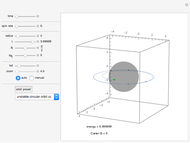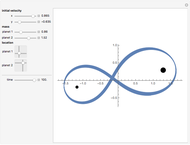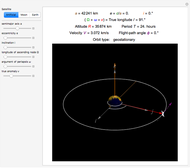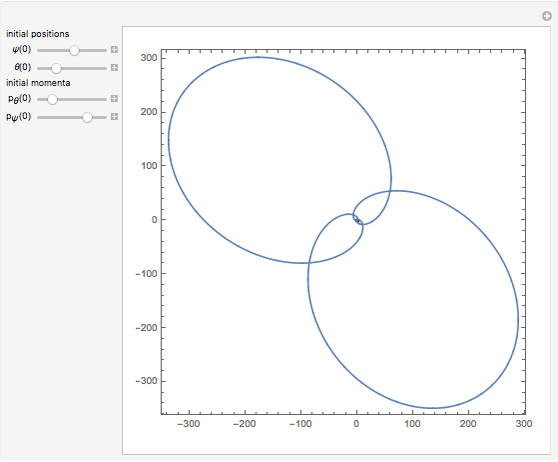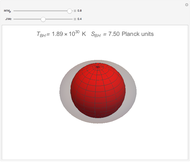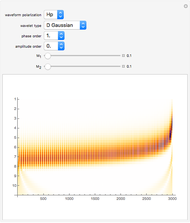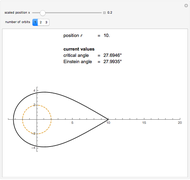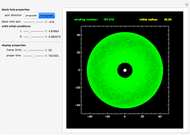Orbits around a Spinning Black Hole

Requires a Wolfram Notebook System
Interact on desktop, mobile and cloud with the free Wolfram Player or other Wolfram Language products.
Black holes hide behind event horizons, the distance within which not even light can escape their gravitational pull. They arise in the universe as the final death state of massive stars. Black holes millions of times the mass of our Sun also live in the centers of galaxies—there is one in the center of our own Milky Way. These dense, massive objects warp spacetime around them, trapping smaller companions into spectacular orbits. Black hole orbits are far more elaborate than the simple planetary orbits we see in our solar system.
Contributed by: David Saroff, Glenna Clifton, and Janna Levin (March 2011)
Open content licensed under CC BY-NC-SA
Snapshots
Details
The small red circle shows the current position of the orbiting companion. For equatorial orbits, the ergosphere and the outer event horizon merge. Their location is represented by the white circle.
Only certain combinations of initial values produce bound orbits; if the values are in the unbound regime, the sliders will turn red.
To see unbound or plunging orbits, manually enter values outside of the bound range into the slider boxes.
Click the play button to watch the tiny companion orbit continuously. A reset button in the upper right corner returns the sliders to default values.
Near the unstable circular orbits, numeric error will eventually cause the companion to fall into the black hole.
Reference: J. Levin and G. Perez-Giz, "A Periodic Table for Black Hole Orbits," Phys. Rev. D, 77, 103005, 2008.
Permanent Citation
"Orbits around a Spinning Black Hole"
http://demonstrations.wolfram.com/OrbitsAroundASpinningBlackHole/
Wolfram Demonstrations Project
Published: March 7 2011







